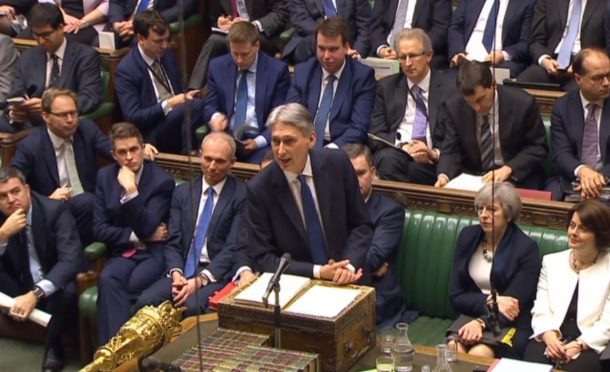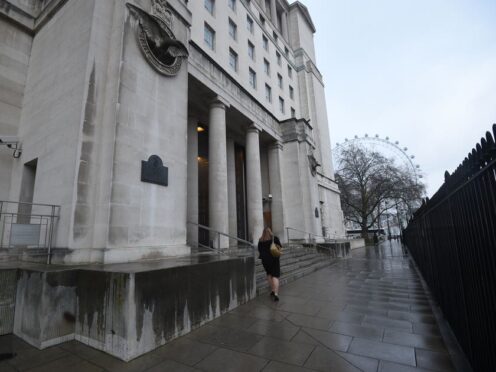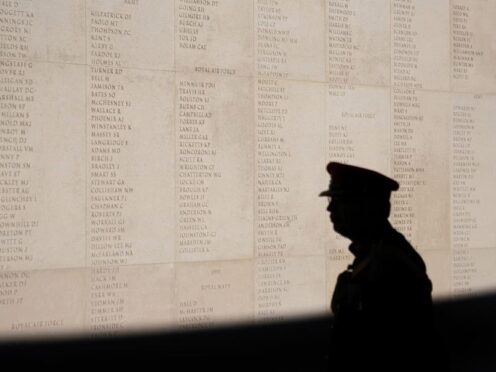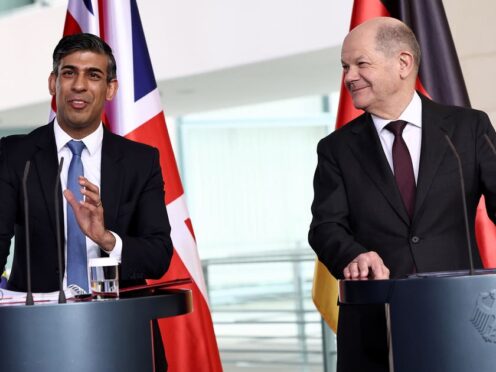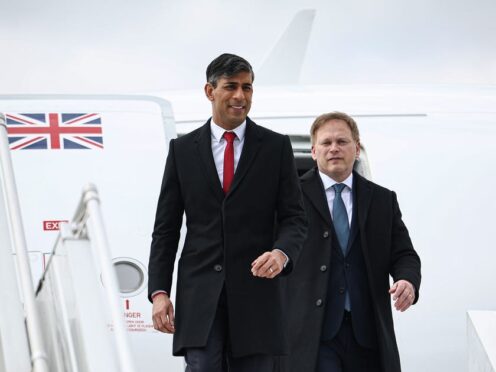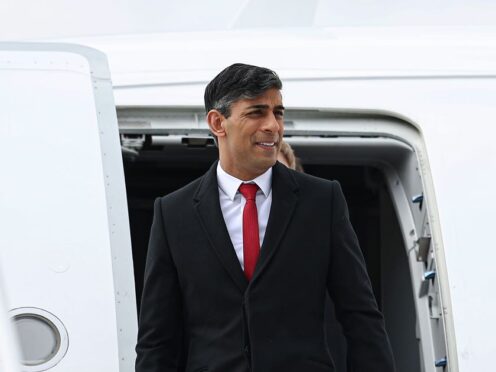Billed as ‘upbeat’ and ‘no gimmicks’, Philip Hammond’s first and last Spring Budget attempted to shine a positive light on post-Brexit Britain.
The Chancellor says the budget was “building the foundations of a stronger, fairer, more global Britain”.
In the past, he has revelled in his image as a shrewd accountant type, shirking the gimmicks and showier policies of previous Chancellors. “Boring is good,” he has been known to advise colleagues.
Today’s offering continues in that vein. Although the party leadership may have changed since the previous Spring Budget, the principals remain largely the same – fiscal responsibility and balancing the books.
Here is everything you need to know…
- The forecast for growth for the UK economy this year has gone up from 1.4% to 2% but growth downgraded in 2018 from 1.7% to 1.6%, and downgrades forecasts for 2019 from 2.1% to 1.7%, then 1.9% in 2020 and 2% in 2021.
- The Budget sets out a a plan for a “brighter future” as the UK leaves the European Union. Mr Hammond said the Budget was “building the foundations of a stronger, fairer, more global Britain”.
Budget 2017: How Hammond believes his plan spells a brighter future for the UK
- Mr Hammond acknowledged there is “no room for complacency” despite the buoyant growth figures and improved forecasts for the public finances.
- Most pubs are to be given a £1,000 discount on business rates as part of a £435 million package of measures designed to ease the burden on small businesses caused by the recent revaluation process.
Budget 2017: Emergency £435million package to help pubs facing hike in business rates
- Higher paid self-employed workers are to pay an average of 60p a week more in national insurance contributions to raise an extra £145 million by 2021-22.
Budget 2017: Entrepreneurs starting new businesses to be ‘penalised’ with NI payments
- Borrowing over the forecast period is set to be £100 billion higher than predicted at Budget 2016. Mr Hammond said his Budget will “fund all additional spending decisions over the forecast period”, avoiding additional borrowing.
- Vehicle excise duty rates for hauliers and the HGV Road User Levy frozen for another year. No change to previously planned upratings of duties on alcohol and tobacco, but a new minimum excise duty is introduced on cigarettes based on a packed price of £7.35.
- Mr Hammond confirmed the Government’s commitment to increase thresholds for income tax to £12,500 for basic rate and £50,000 for the higher rate by the end of this Parliament.
- The most sugary soft drinks are to be taxed at 24p per litre as part of plans to reduce childhood obesity.
Budget 2017: Sugary drinks hit by new tax in bid to reduce childhood obesity
- New funding totalling £20 million to support the campaign against violence against women and girls. Funding of £5 million to support people returning to work after a career break. £5 million to projects celebrating the centenary of the 1918 law giving women the vote.
- Budget announcements deliver additional funding of £350 million for the Scottish government, £200 million for the Welsh government and almost £120 million for the incoming Northern Ireland Executive.
Budget 2017: Hammond pledges additional £350m for Scottish Government
- Transport spending of £90 million for the North and £23 million for the Midlands was announced to address pinch points on roads, and a new £690 million competition for English councils to tackle urban congestion
- An extra £2 billion is spent on social care in England over the next three years to help councils and ease pressure on the NHS. Options for social care funding to be considered in an upcoming green paper will not include a “death tax”.
Budget 2017: Hammond pledges extra £2billion for social care in England
- In response, Labour leader Jeremy Corbyn accused the Chancellor of producing a “Budget of utter complacency” which ignored the state of the economy, public services and the lives of millions of people.
